
UDK: 611.441:[612.8.05+57.084.1]
V.V. hrishtop1, T.A. Rumyantseva2, V.G. Nikonorova3
1Университет ИТМО, Санкт-Петербург; 2 ФГБОУ ВО «Ярославский государственный медицинский университет» Министерства здравоохранения Российской Федерации; 3 ФГБОУ ВО «Ивановская государственная сельскохозяйственная академия имени Д.К. Беляева»
The aim of the study was to assess the dynamics of structural changes in the follicular apparatus and the hemomicrocirculatory bed of the thyroid gland in rats with cerebral hypoperfusion in rats with different levels of learning ability under prolonged exposure to physical exertion. Materials and methods: using classical histological stains, the state of the follicular and interfollicular epithelium, as well as perifollicular hemocapillaries in Wistar rats after bilateral ligation of the common carotid arteries was investigated, separately for animals with high and low test rates in the Morris water maze. The thyroid gland was studied 1, 6, 8, 8, 14, 28, 35, 60 and 90 days after surgery (comparison group), as well as when it was combined with 15 minutes of physical activity (experimental group). Results and discussion: changes in isolated cerebral hypoperfusion are characterized by periodicity – when a short-term increase in organ activity is replaced by its decrease. Also, results were obtained on a greater amplitude of changes in the studied parameters and a later growth of signs of organ activity in a subgroup with a high level of cognitive abilities. A single physical activity leads to a greater increase in the activity of the thyroid gland during cerebral hypoperfusion, which may have a positive value, based on the ability of its hormones to stimulate the neuroprotective mechanisms of astrocytes and shift the vector of differentiation of progenitor cells towards neurons. Conclusions: physical activity against the background of cerebral hypoperfusion leads to a restart of the adaptive-compensatory syndrome, which, in turn, is accompanied by an increase in the activity of the thyroid epithelium in the subgroup with a high level of cognitive abilities after 3 weeks, associated with a decrease in mortality.
thyroid gland, cerebral hypoperfusion, physical activity, cognitive abilities.
Криштоп Владимир Владимирович – к. м. н., старший научный сотрудник, Санкт-Петербургский национальный исследовательский университет информационных технологий, механики и оптики, e-mail: chrishtop@scamt-itmo.ru